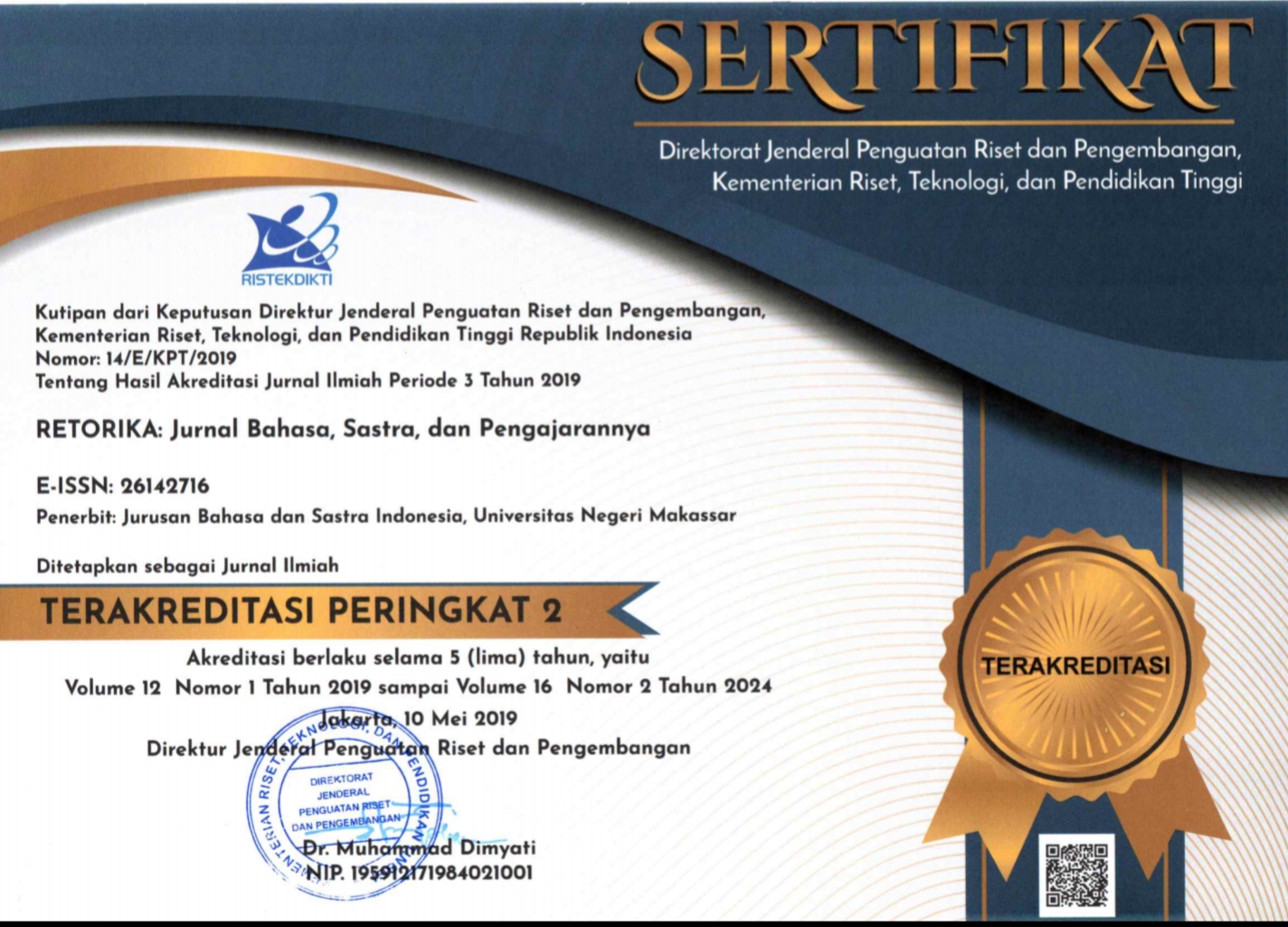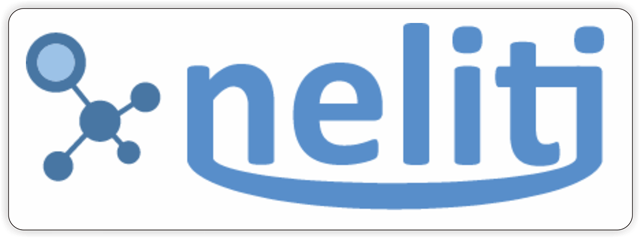LAKU IN ATTAINING PERFECTION OF LIFE ACCORDING TO JAVANESE MANUSCRIPT “NGELMI PANGRUCAT”
(1) Yogyakarta State University
(2) Yogyakarta State University
(3) Yogyakarta State University
(*) Corresponding Author
DOI: https://doi.org/10.26858/retorika.v14i2.22368
Abstract
Abstract: Laku in Attaining Perfection of Life According to Javanese Manuscript “Ngelmi Pangrucat”. Life tranquility is something which is always wanted by everyone. The last purpose of tranquil life achievement is to reach the perfection of life in this world and hereafter. However, not everyone is aware of behaving well to attain the life tranquility. Regarding to this, the role of ancestors’ writings in the form of Javanese manuscript is very important to deepen human understanding in achieving the perfection of life in which the contents contained remain relevant to be used as life guidance. How is laku? This article explains about manners (laku) to reach life perfection based on Javanese manuscript entitled Ngelmi Pangrucat. This study employed descriptive method by using modern philology theory approach. The result of the study is the text on Ngelmi Pangrucat manuscript with latin characters which are correct. Additionally, sentences were found containing the steps of Ngelmi Pangrucat in the form of laku in order to attain the tranquility and perfection of life on earth and hereafter.
Keywords
Full Text:
PDFReferences
Baroroh-Baried, S, dkk.. (1985). “Pengantar Teori Filologi,” Pusat Pembinaan dan Pengembangan Bahasa, Departemen Pendidikan dan Kebudayaan Jakarta.
Firdausy, S.W.E., dkk.. (2015) “Konsep Cipta dalam Arjuna Wiwaha,” Jurnal Melayu 14(1), 1-16.
Hadiatmaja, S dan Kuswa E. (2010). “Filsafat Jawa”, Yogyakarta, Kanwa Publisher.
Hadiwijono, H. (1967). “Man in The Present Javanese Mysticism,” Baarn: Bosch & Keuning N.V.
Istanti, K.Z. (2010). “Filologi Studi Teks Sastra Melayu dan Jawa. Seri Kajian,” Yogyakarta, Elmatera.
Mulyani, H. (2012). “Membaca Manuskrip Jawa,” Yogyakarta, Kanwa Publisher.
Mulyani, H. (2012). “Konsepsi Kesempurnaan Hidup Jawa dalam Teks Serat Pasthikamaya,” Jurnal Ikadbudi 1(1), 63-72.
Negoro, S.S. (2001). “Kejawen: Membangun Hidup Mapan Lahir Batin,” Surakarta, CV. Buana Raya.
Poedjohardjo. (1924). “Ngelmi Pangrucat,” Kediri, Boekhandel Tan Khoen Swie.
Poerwadarminta, W.J.S. (1939). “Baoesastra Djawa,” Groningen, Batavia, J.B. Wolters’ Uitgevers Maatschappij.N.V.
Pratikto, H. (1965). “Panggugah Hanane Manungsa,” Yogyakarta, CV. Budi Prajoga.
Santosa, I.B. (2011). “Laku Prihatin Investasi Menuju Sukses Ala Manusia Jawa,” Yogyakarta, Memayu Publishing.
Setyani, T.I. (2013). “Unsur-Unsur Ajaran dalam Naskah Mantra,” In the Proceedings of ICSSIS International Conference on Indonesian Studies, ICSSIS Press, 387-396.
Simuh. (1988). “Mistik Islam Kejawen Raden Ngabehi Ranggawarsita (Suatu Studi terhadap Serat Wirid Hidayat Jawi),” Jakarta, UI-Press.
Wahyu. (2013). “Ngelmu Kejawen: Shalat Daim Mulat Sarira, Rahasia Perjalanan Roh, Ilmu Kanuragan, hingga Ilmu Makrifat,” Yogyakarta, Cakrawala.
Article Metrics
Abstract view : 217 times | PDF view : 45 timesRefbacks
- There are currently no refbacks.
Copyright (c) 2022 Kunthi Nawaruci

This work is licensed under a Creative Commons Attribution-NonCommercial 4.0 International License.
Published by:
Department of Indonesian Language, Faculty of Languages and Literature, Universitas Negeri Makassar in cooperate with Asosiasi Dosen Bahasa dan Sastra Indonesia (ADOBSI) and Ikatan Program Studi Pendidikan Bahasa dan Sastra Indonesia (IKAPROBSI).
Address: Department of Indonesian Language Office, DG Building Second Floor, UNM Parangtambung, Daeng Tata Raya Street, Makassar, South Sulawesi, Indonesia
 Email: [email protected]
Email: [email protected]

RETORIKA: Jurnal Bahasa, Sastra,dan Pengajarannya is licensed under a Creative Commons Attribution-NonCommercial 4.0 International License.
















